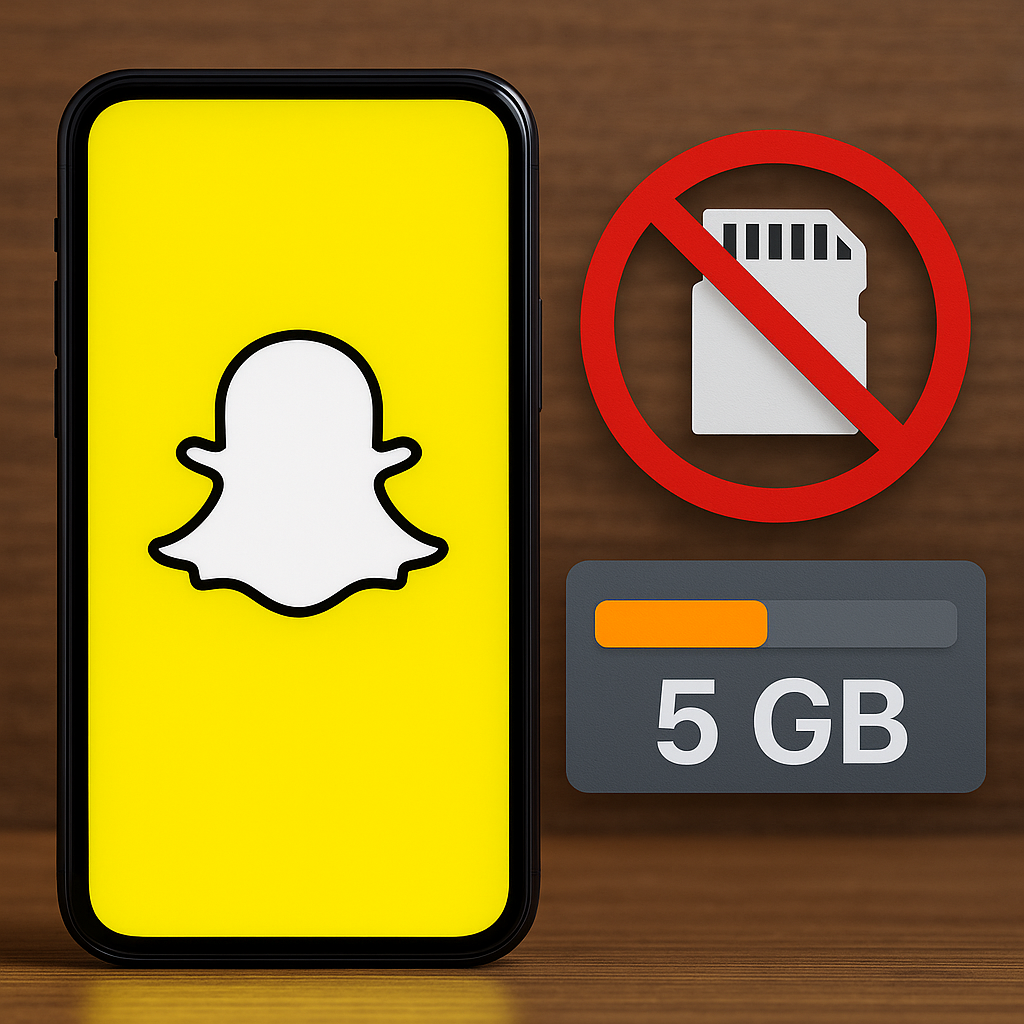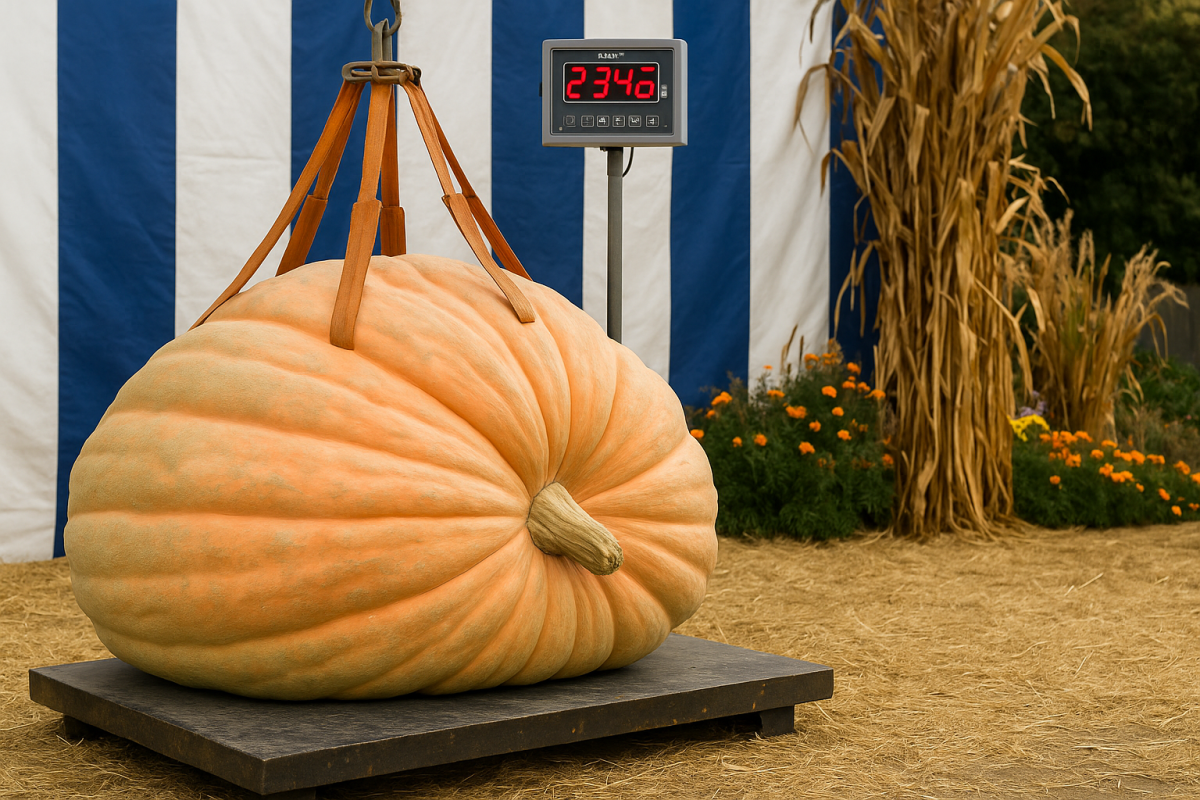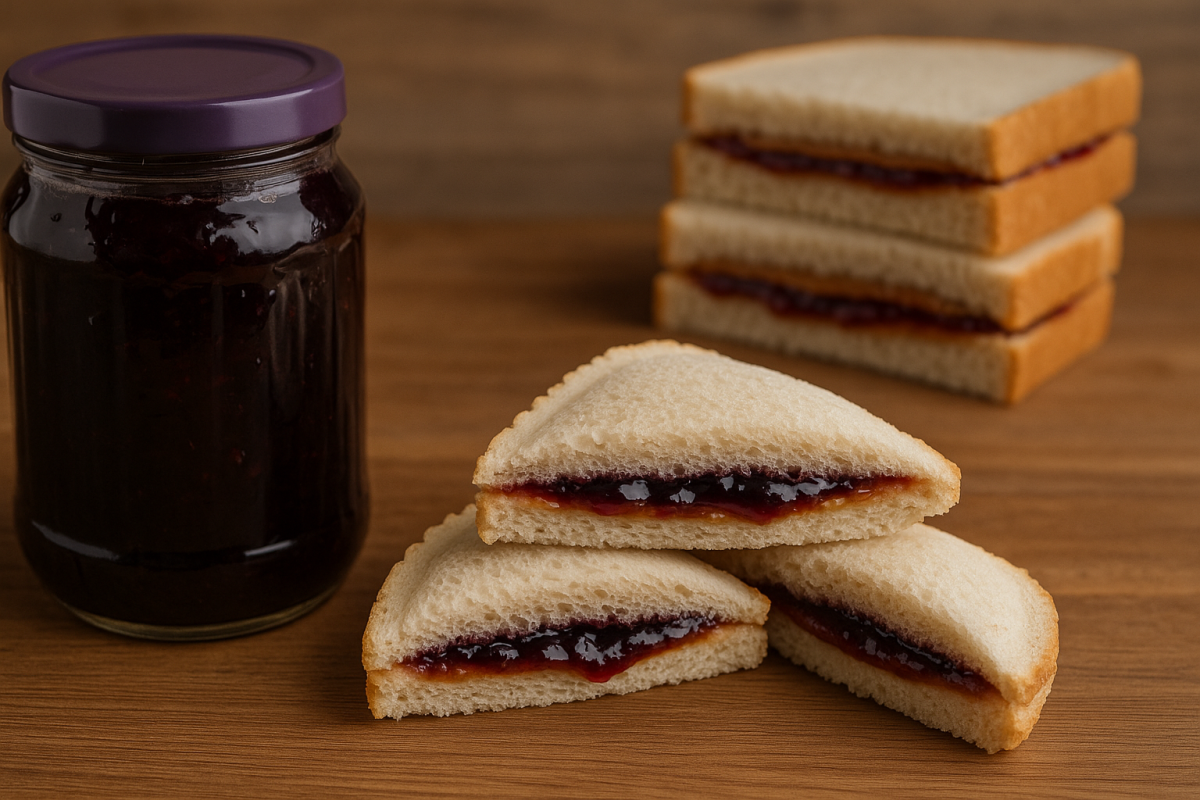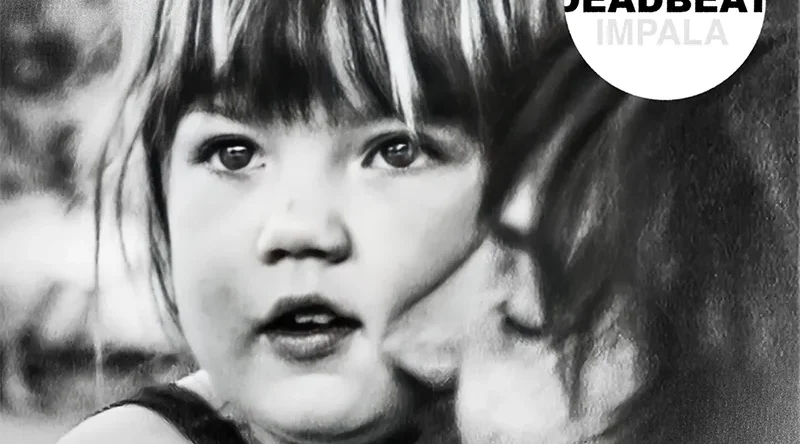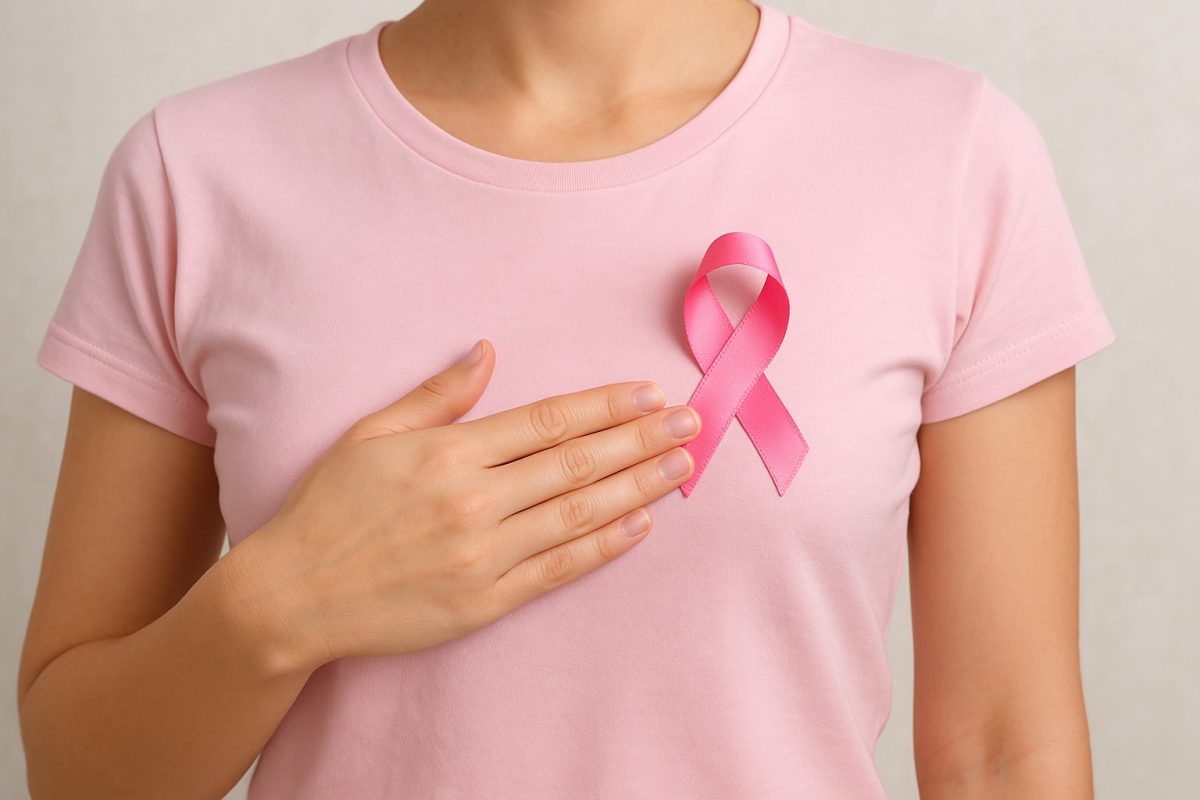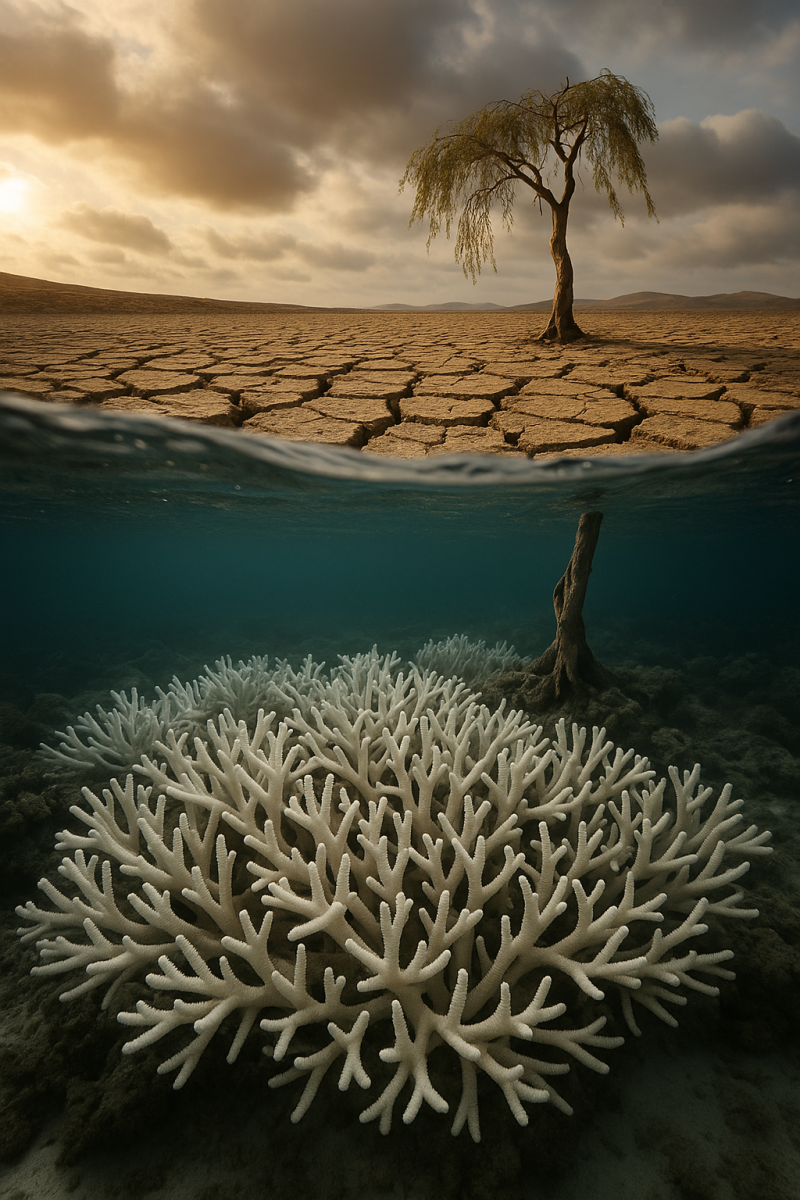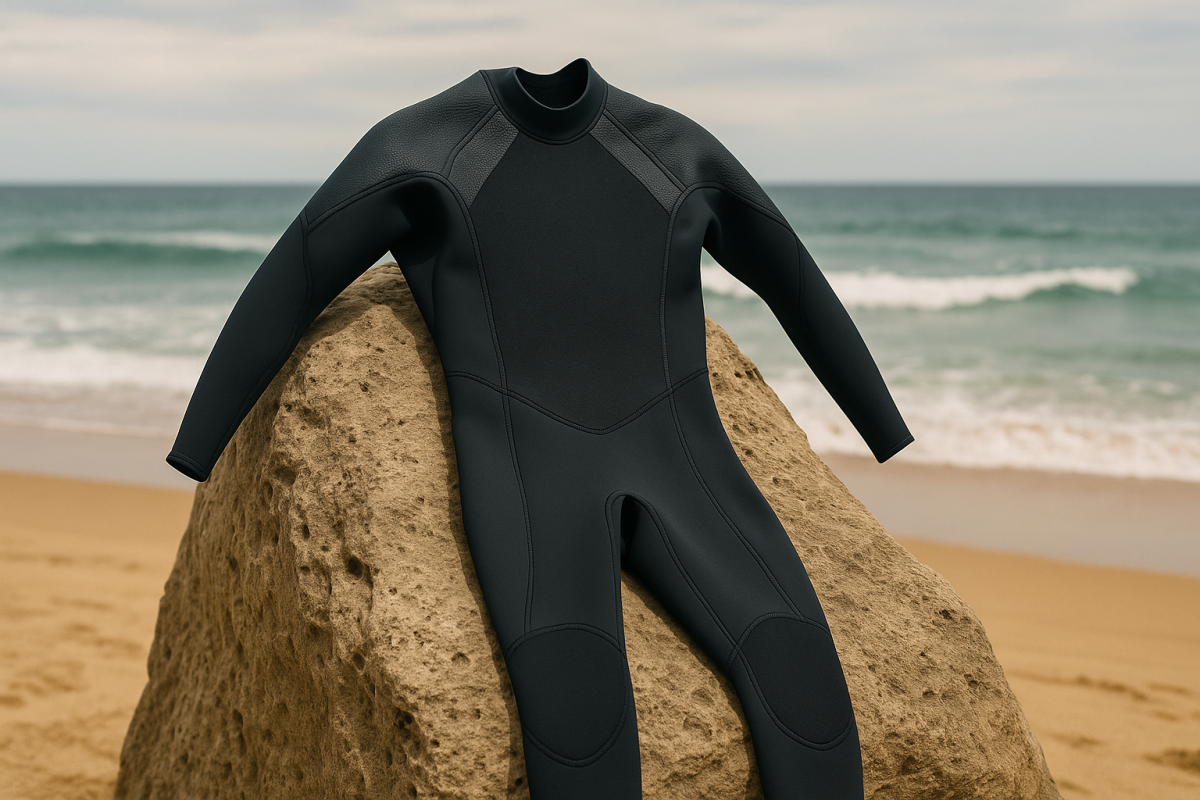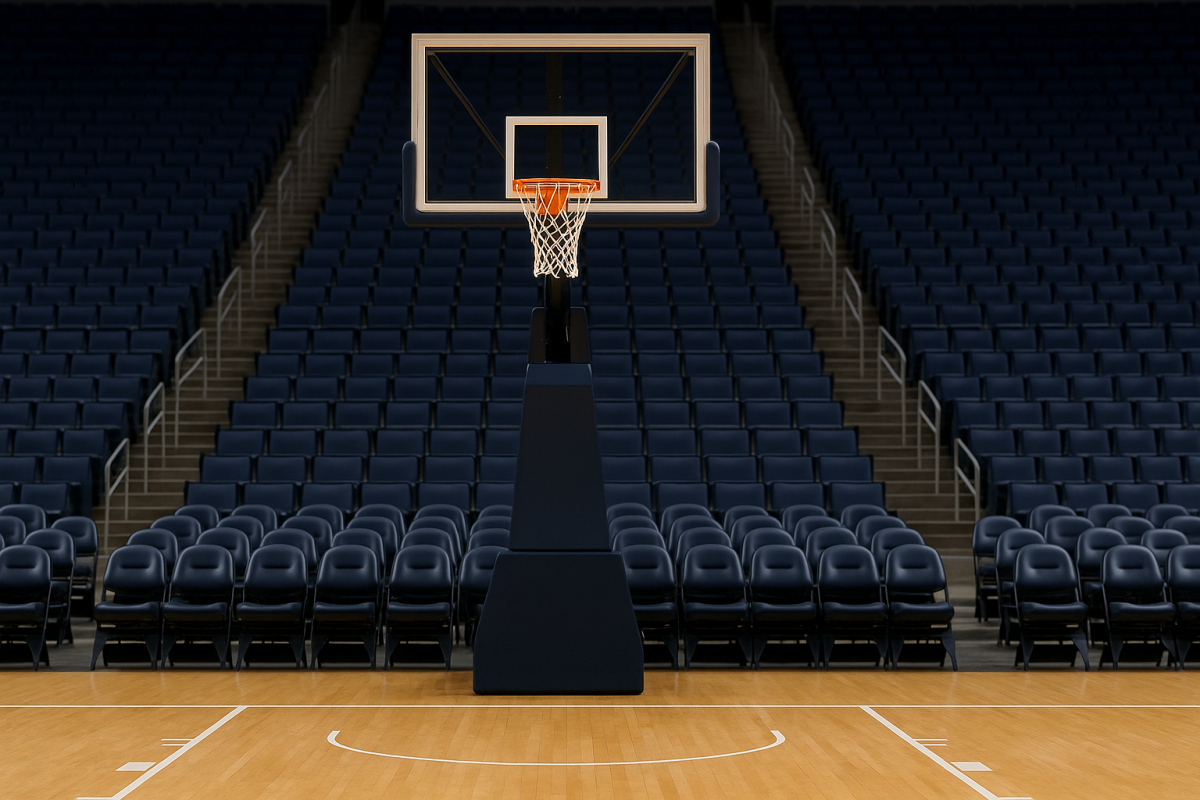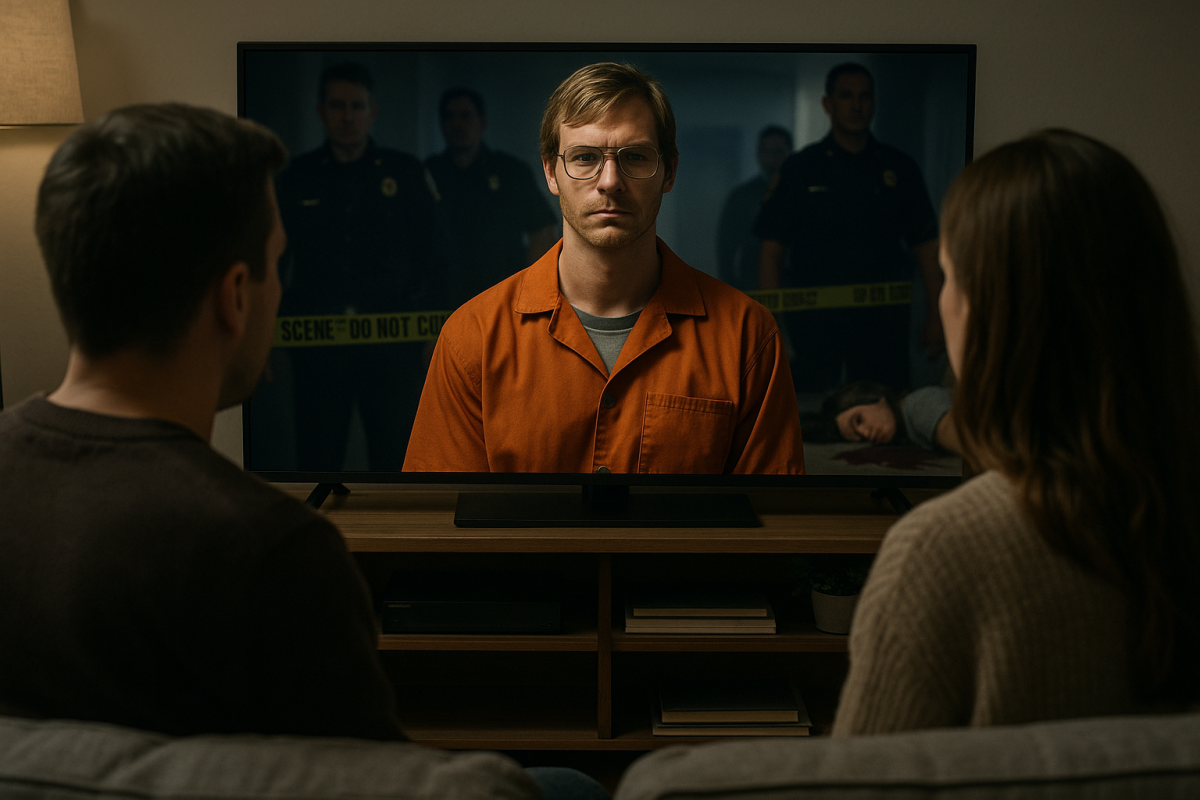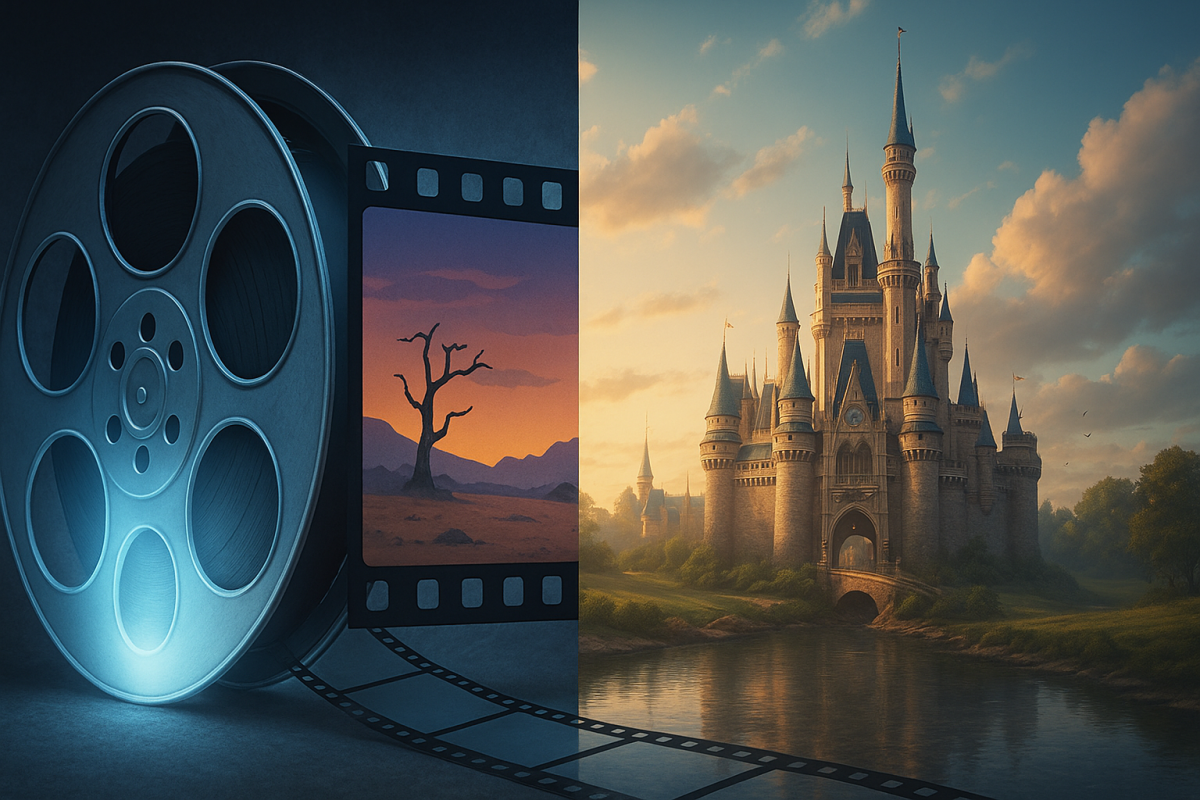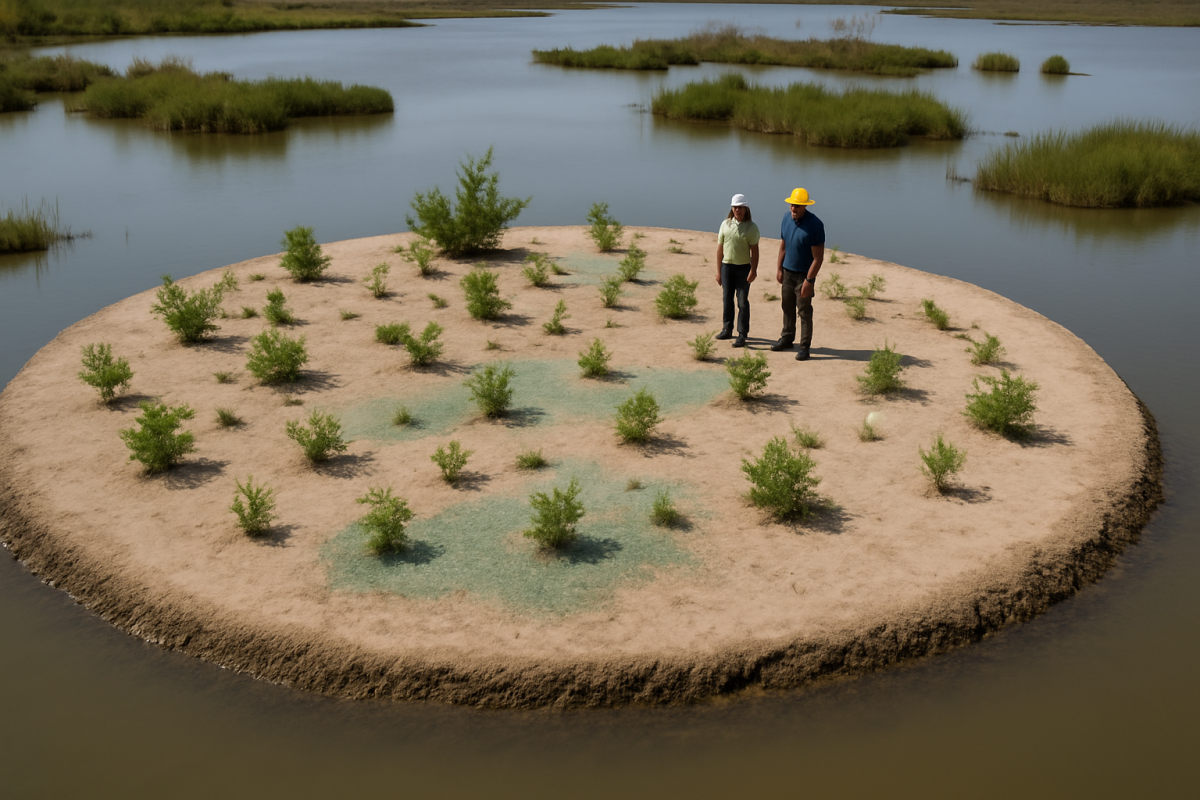Is recycled glass the new sand?
In Louisiana, a 10-meter in diameter island is made entirely from a mix of recycled glass ground up into a sand-like material and sediment from the Mississippi river bed. A team of scientists and a recycling company joined together, creating the island in hopes to find a way to combat coastal erosion.
60 years ago, saltwater intrusion in southern Louisiana was devastating, killing off trees and plants living in swamps all throughout the region. Normally, islands full of vegetation help to slow down hurricanes, which are very common to Louisiana. However, when these islands lack plants, they aren’t able to serve as a buffer for these hurricanes, leading to massive damage throughout the state.
In order to combat this problem, scientists usually rely on collections of sediment deposits from nearby areas. However, as sea levels are rising, it is sweeping away these deposits of sediments, making it harder for ecologists to rebuild the buffer-like islands.
That’s where Glass Half Full, a Louisiana based glass recycling company, comes in. Each year, millions of tons of glass ends up in landfills, rather than getting recycled. The company was founded to battle this, working to recycle as much glass from the state as possible.
In addition, in an attempt to broaden their impact, the company CEO decided to partner scientists at Tulane University to see if they could use their recycled glass in coastline restoration.
The two, now partnered together, are performing tests to see if glass sand will help to stimulate the growth of trees and shrubs throughout the marshy islands impacted by saltwater erosion.
So far, the results have been promising. Most plants tolerate the glass, growing successfully in a 50/50 ratio of glass to sediment mix. In addition, some plants have even been effectively grown in a mixture containing 75% glass.
This is a step in the right direction for combating two major problems: restoring Louisiana’s shorelines and ending coastline erosion.


